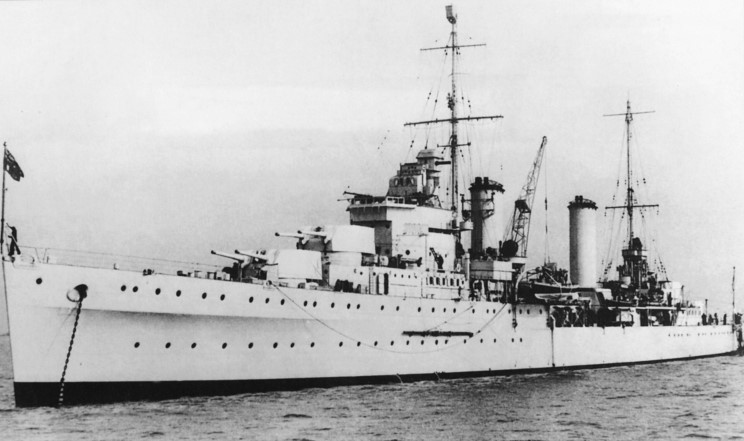Wreck of HMAS Sydney Discovered |
March 16, 2008 |
Joint Statement |
At 10:03 (AWDT) on Sunday 16 March 2008, a small dark shape was detected coming into view on the starboard side of our SM30 side scan sonar display. In an otherwise featureless seabed. David Mearns soon classified this contact as being man-made, displaying all the characteristics of a major shipwreck. Within minutes a debris field came into view confirming this belief. The wreck was measured and its position plotted in relation to the wreck of Kormoran and what is firmly believed to be the battle site. Our target was located approximately 10.5 nautical miles to the south-east of the battle site and 12.2 nautical miles from Kormoran. We soon concluded that the modified Leander class cruiser, HMAS Sydney (II), sunk with all hands on 19 November 1941, had been found in 2,468 metres of water. Her position was recorded as being 26° 14' 37" S 111° 13' 03" E. As with the Kormoran find, news of this discovery was promptly communicated to the Finding Sydney Foundation for on-forwarding to the appropriate shore authorities. News of our discovery, only an hour-following the Prime Minister's announcement concerning the discovery of Kormoran, was received with great emotion and jubilation by The Finding Sydney Chairman, Ted Graham. With a sense of euphoria onboard we immediately began to make plans to carry out several high resolution sonar passes over Sydney 's wreck. The first of these runs commenced at 18:35 using a 3 kilometer swathe on the SM30 side scan sonar. This run gave us the ability to better measure the wreck and some of the larger pieces of wreckage in the debris field. The run was completed at 18:47. A second high resolution pass with the SM30 set to operate a 1500 meter swathe began at 23:00 and produced a good image of the wreck lying on the seabed displaying a clear acoustic shadow. This pass also provided an indication that part of Sydney, possibly her bow, may have broken away from her as she limped away causing her to sink. This is a tentative assessment which will have to be confirmed using a suitably equipped ROV with cameras. The dimensions of the wreck combined with its position in relation to the wreck of Kormoran and the scene of action leave me in no doubt that this is the wreck of Sydney. During the next few days further high resolution runs will be conducted over her wreck and commemorative services will be held for the crews of both Sydney and Kormoran. This has been a monumental day and one which I hope will bring some comfort to the relatives of those lost in her. Glenys McDonald - Director, The Finding Sydney Foundation (Observer) I woke with a headache this morning. I wanted to be in the survey room between 8am and noon as that was when we thought Sydney would appear on our screens on this track line. The Williamson crew had been tracking a tiny debris trail from the battle area and indications were that this search line would be successful. At exactly 10:03 am a large piece of wreck unfolded on the screen with a small associated debris field. The surrounding geology was dead flat sandy bottom. There she lay, looking proud and poignant. HMAS Sydney had been found. John Perryman and I had become adept students in reading the data over the past couple of weeks and we, like David Mearns and the Williamson and Associates crew, knew that this was what we had been looking for. This was the ship that had taken the hopes and dreams of 645 families to the bottom of the ocean.
|
 |
Page published Mar. 17, 2008 |